Can Past Events Predict the Impact of Low Wind on Energy Supply?
Analysing Wind Energy Variability Amid Changing European Weather Patterns and Arctic Amplification
At the Wind Technology Conference in 2022, Climate Scale presented insights from an analysis of the 2021 wind drought episode affecting the UK and Western Europe. This study explored the episode’s links with European circulation patterns and the accelerated warming in higher latitudes (Arctic amplification). To deepen our understanding, we spoke with our Science Director, Ana López, about a recent paper that sheds light on this recurring issue: Variability in North Sea wind energy and the potential for prolonged winter wind drought, Kay et al.
- This research focuses on the North Sea and the winter season, given the specific weather patterns that can pose risks to energy security in the region. By leveraging a large ensemble of initialised climate model simulations, the study estimates the likelihood of wind drought events in today’s climate.
- Treating each model ensemble member as an equally plausible version of the past enhances the sample size of historical weather events, helping to analyse rare extreme events more comprehensively. For more, see https://unseen-open.readthedocs.io/en/latest/Whats-unseen.html#.
- In this context, a “wind drought” is defined as any week when the average wind speed falls below the 20th percentile of reanalysis daily wind speeds over the North Sea. With this threshold, the study suggests that during a wind drought week, average wind power over the broader North Sea could drop to about half of what is typical for a winter week..
- Findings indicate that even more severe wind droughts than those recorded are possible in today’s climate. While episodes lasting up to two consecutive weeks have been observed, the model estimates a 1-in-40 chance of three or more continuous weeks of wind drought each winter, with the longest simulated event reaching five weeks.
Large ensembles of initialised climate model simulations provide valuable tools to assess physically plausible events that have not yet been observed. Similarly, large climate model projections allow us to investigate potential shifts in frequency and intensity of critical events like wind droughts.
At Climate Scale, we are actively using these tools to assess the likelihood of anomalous wind conditions in a world warmed by 1.5ºC or more. Alongside our climate tool for physical risk assessment, we offer tailored advanced analyses. Contact us to explore collaboration opportunities!






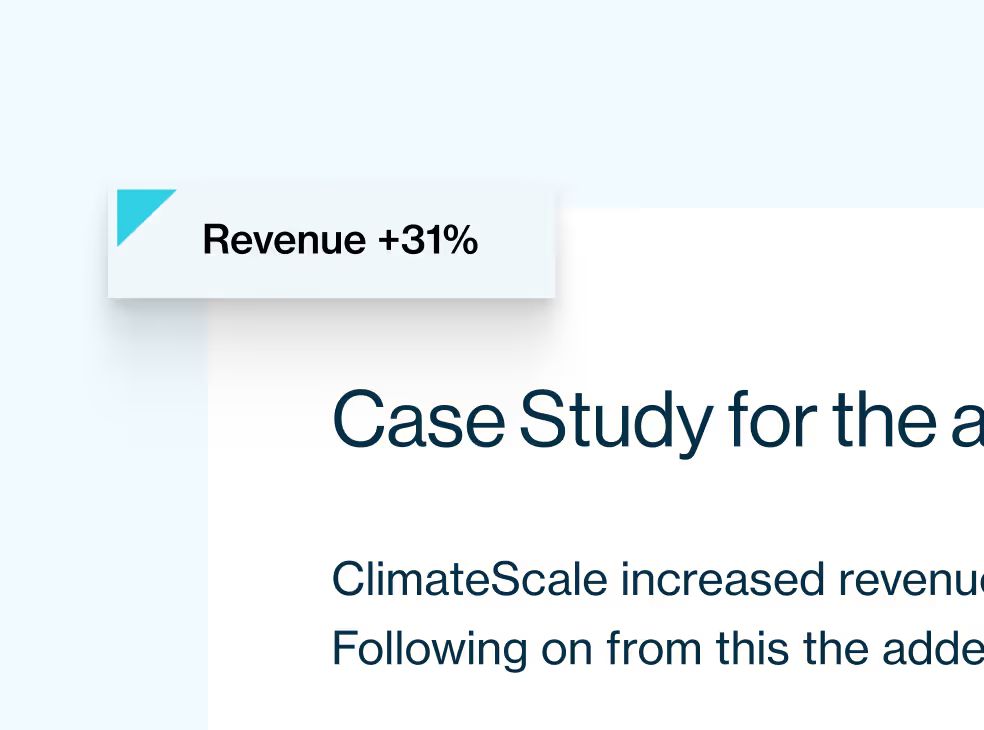




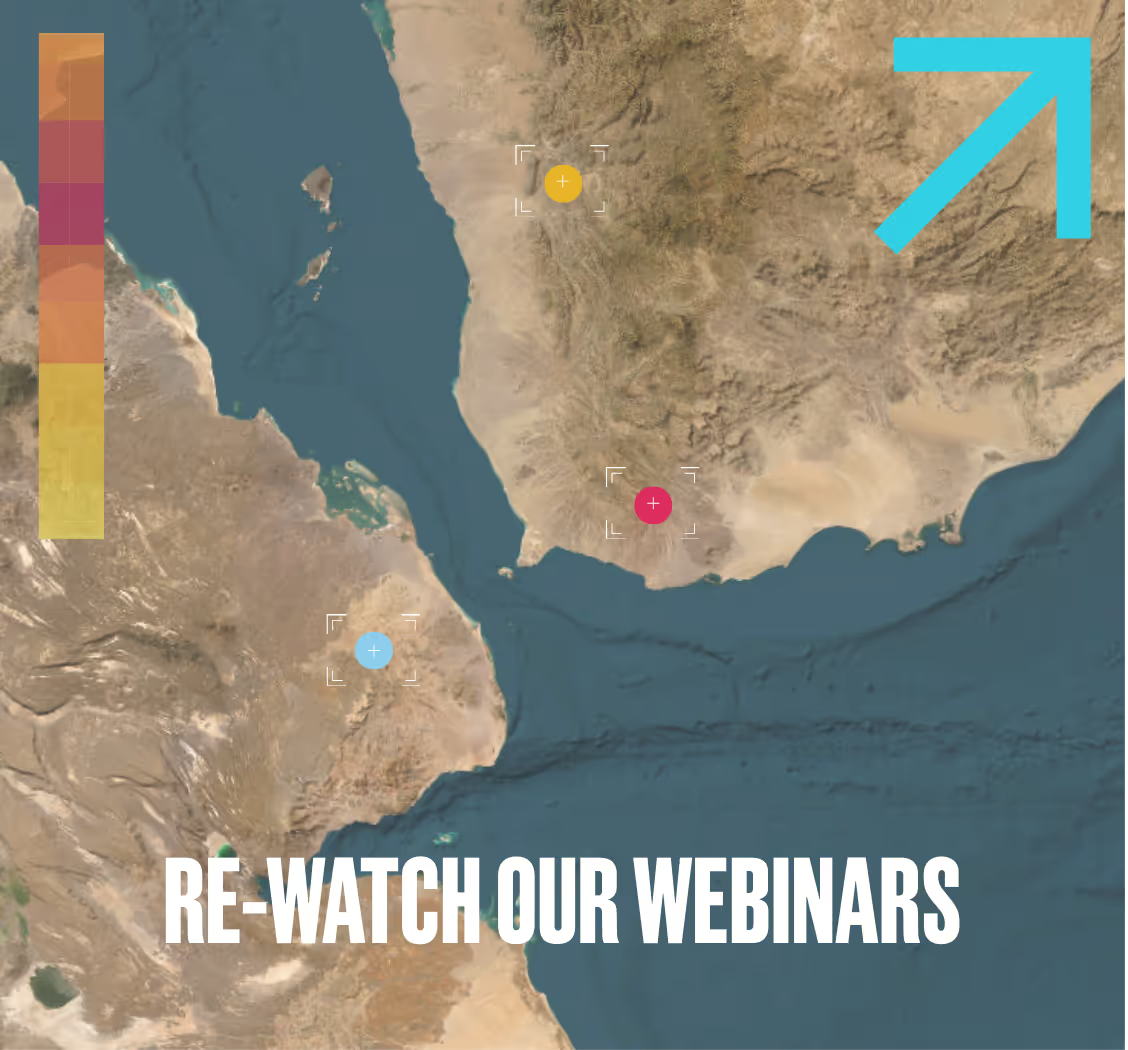



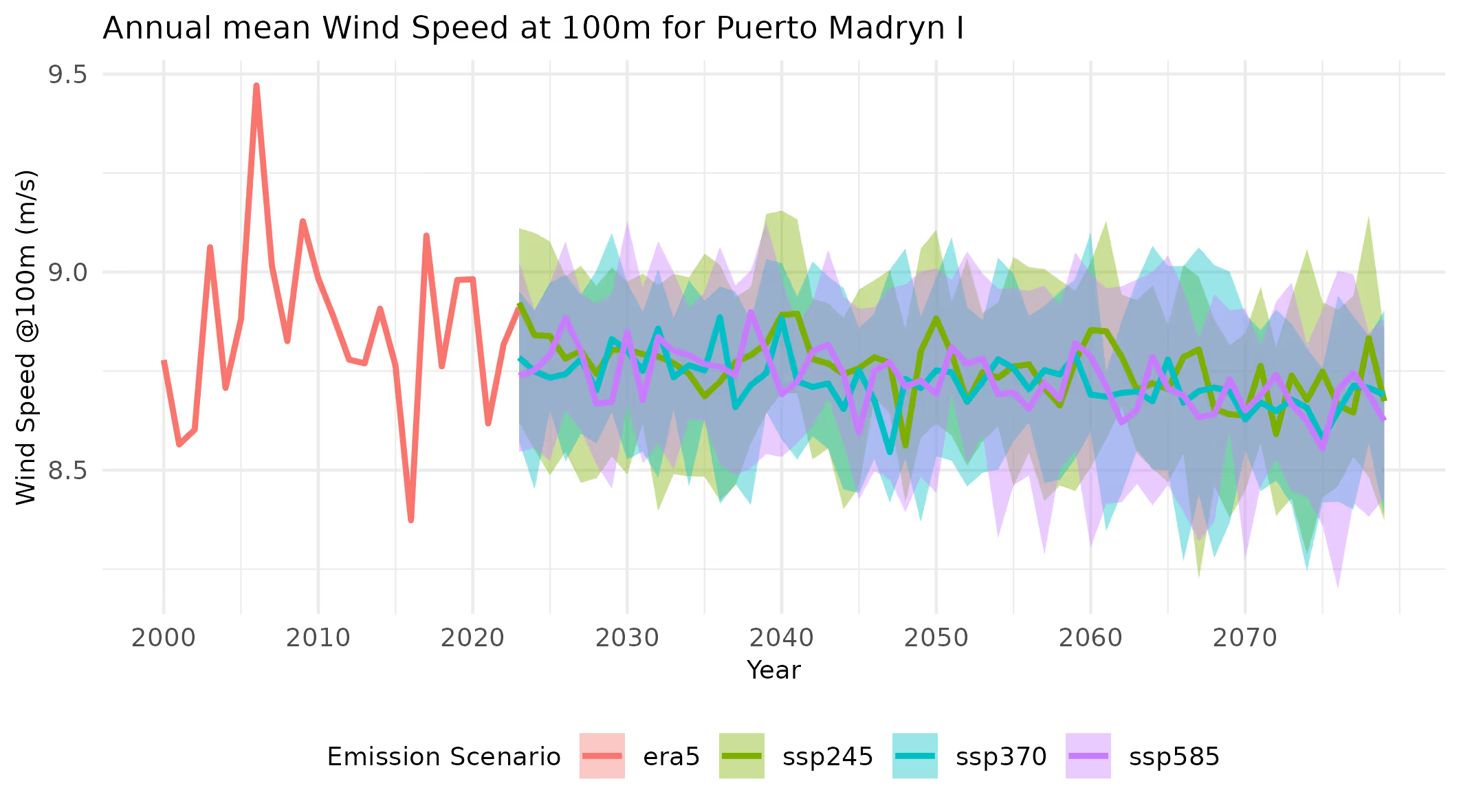

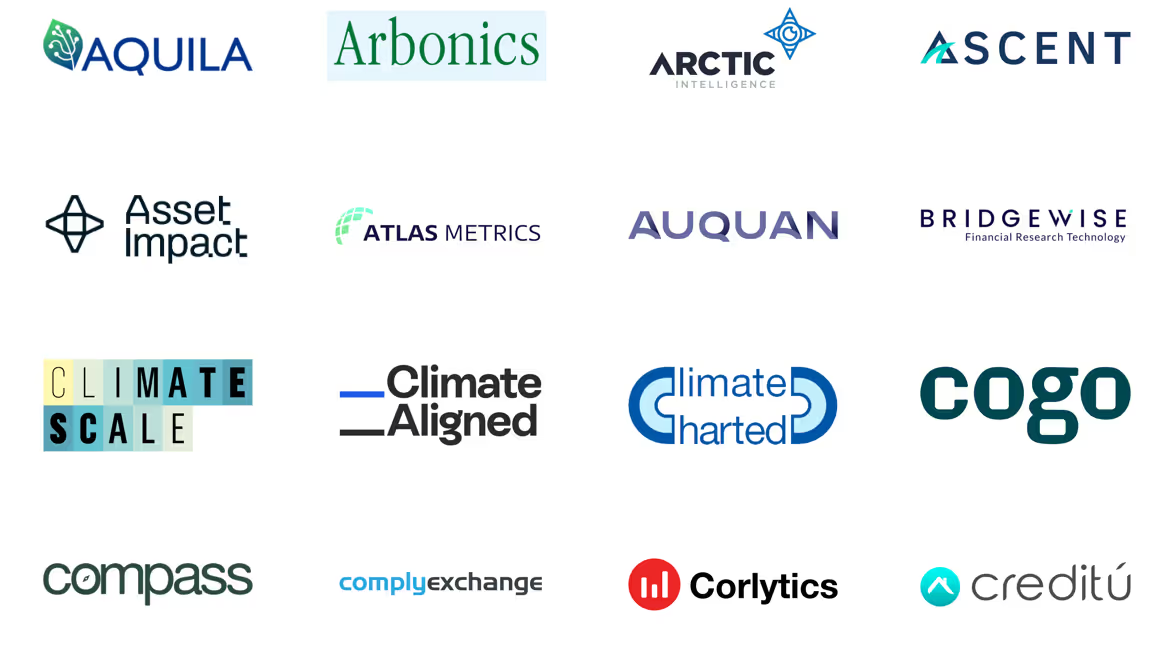
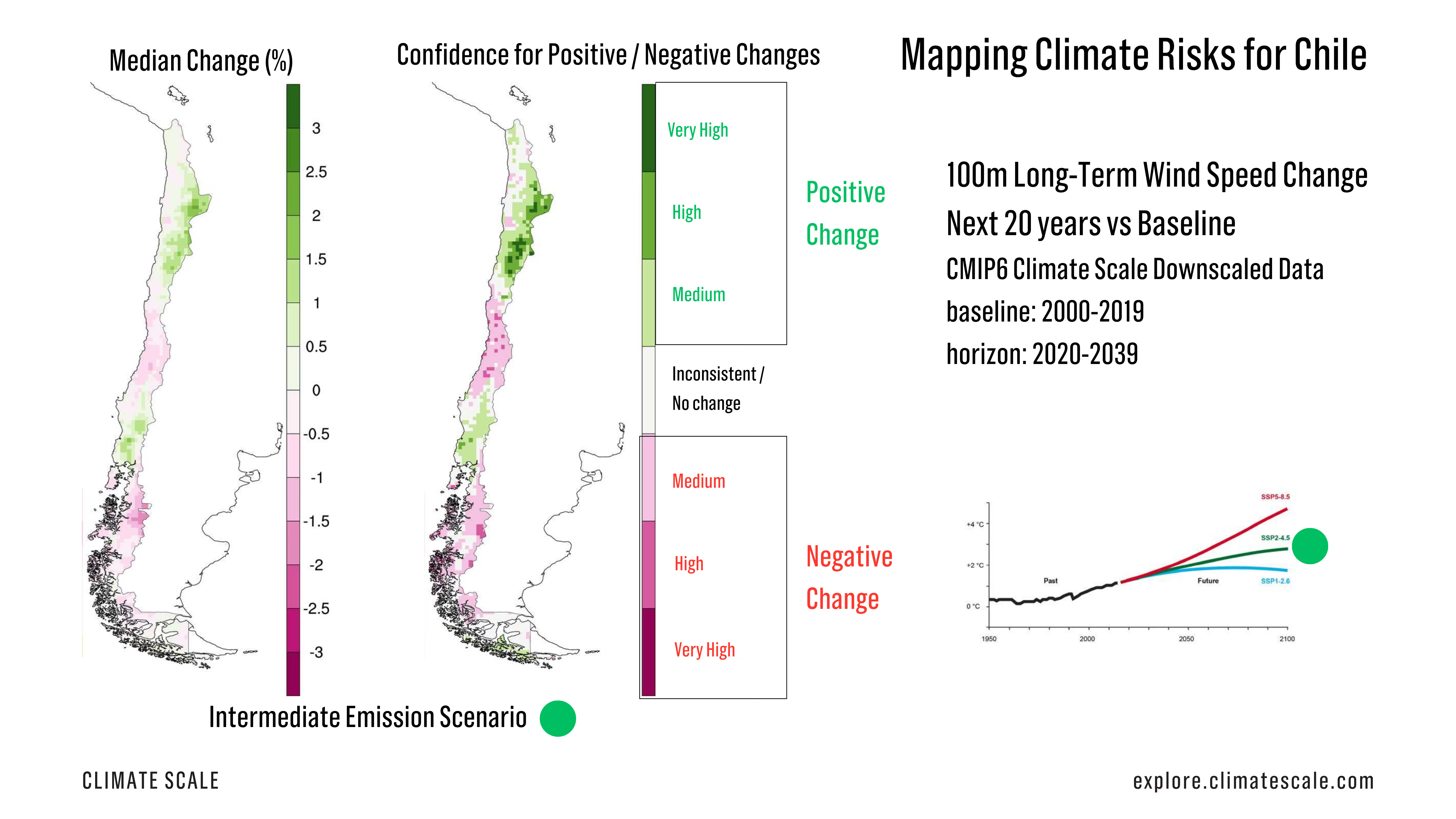
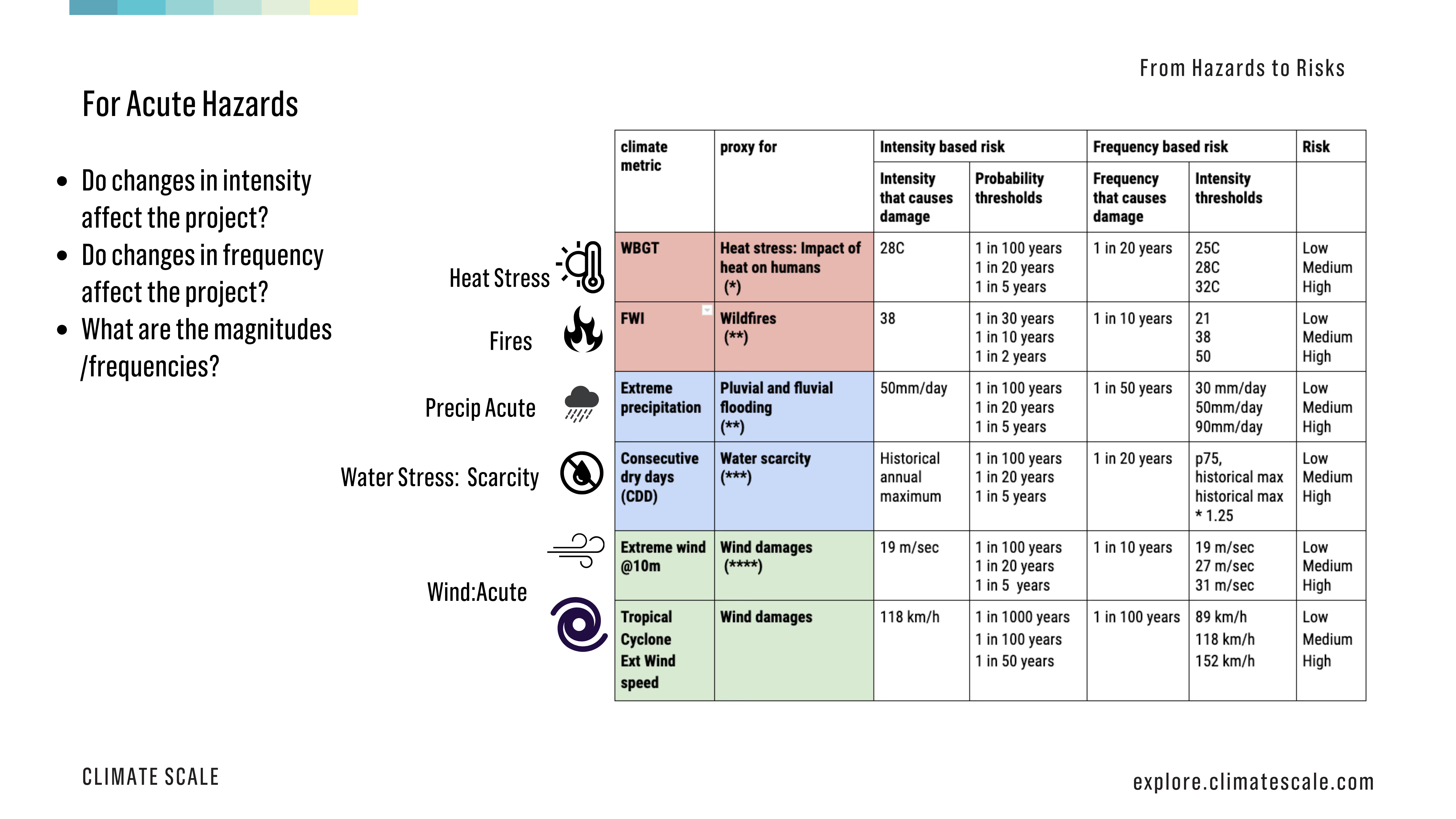
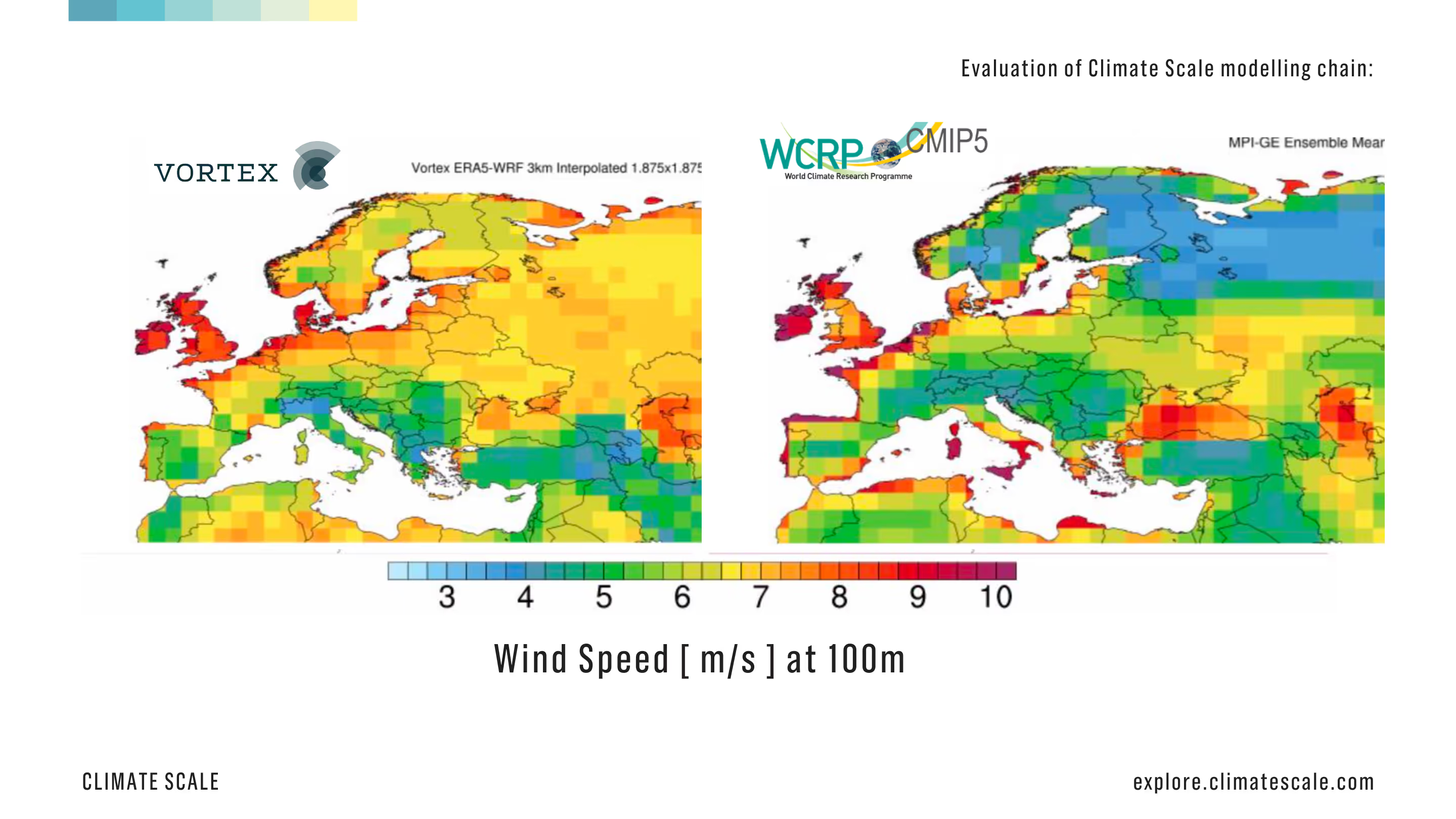
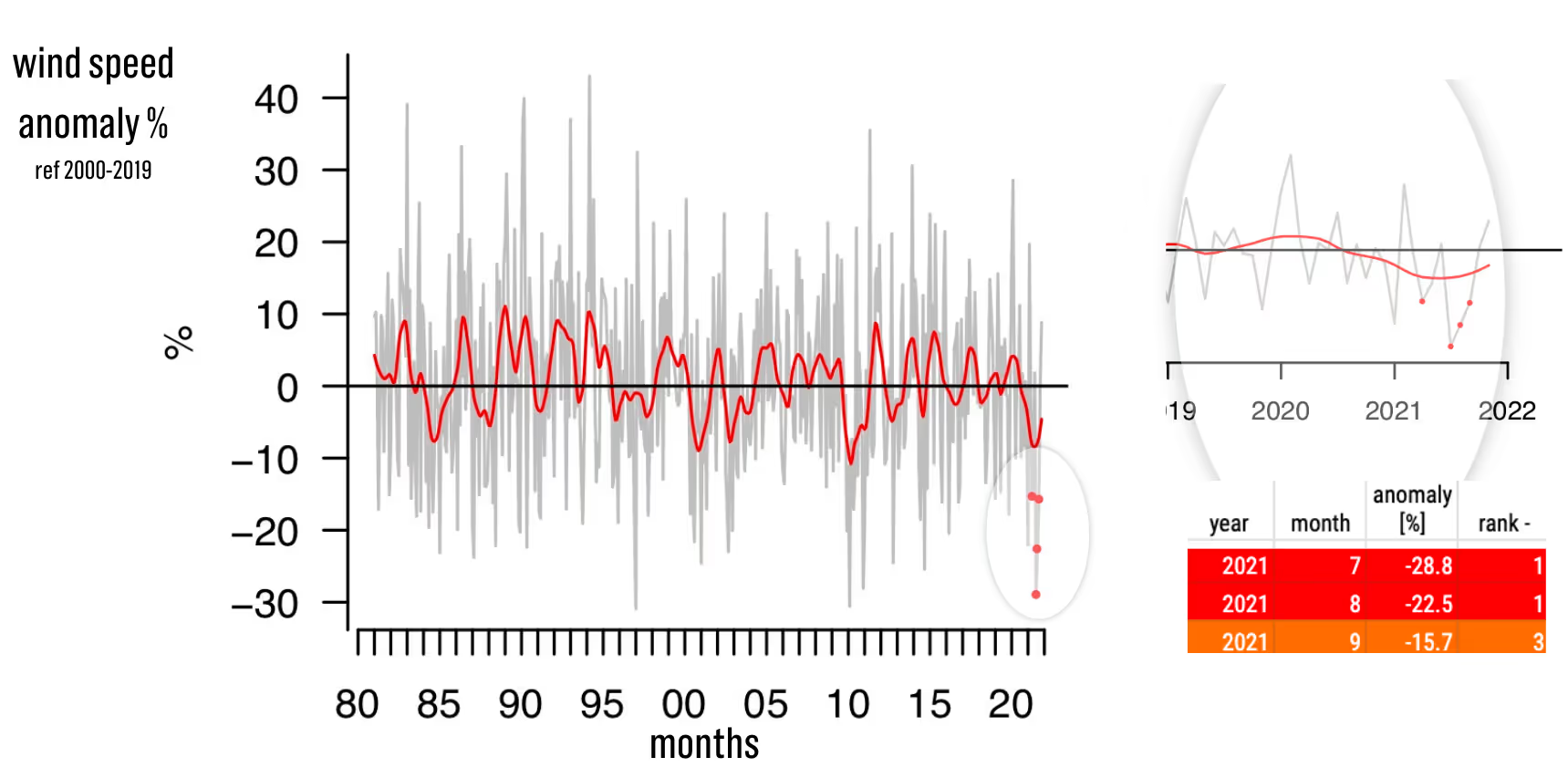
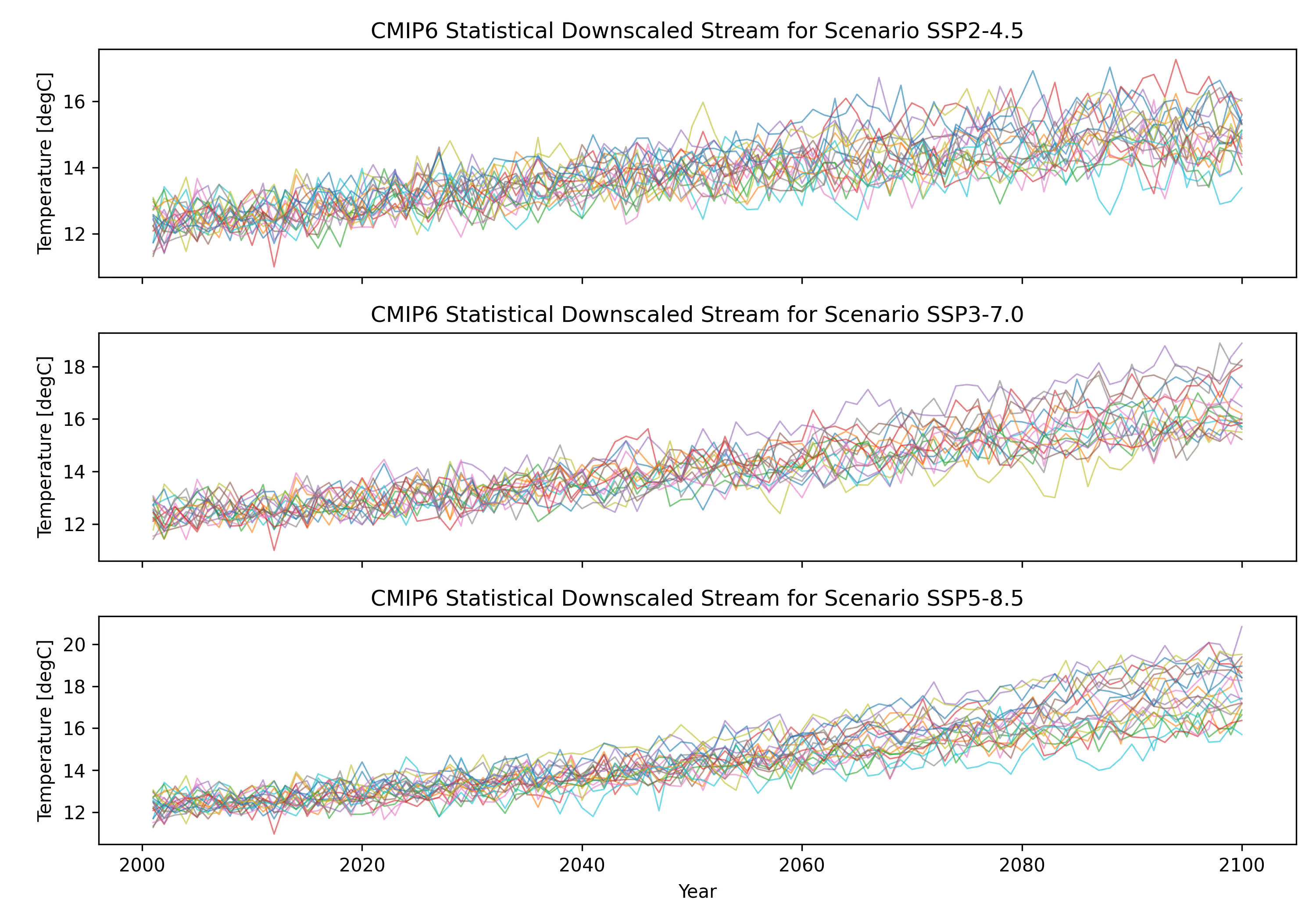
.avif)



